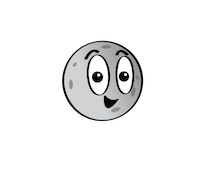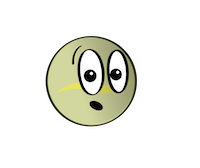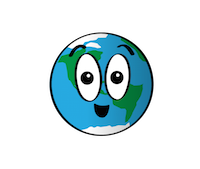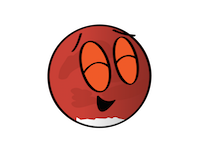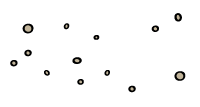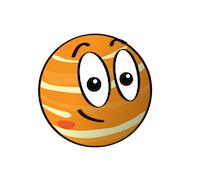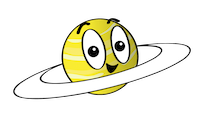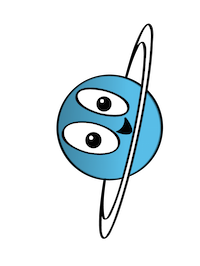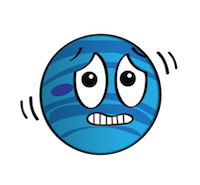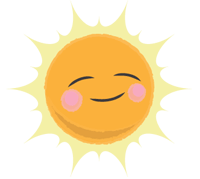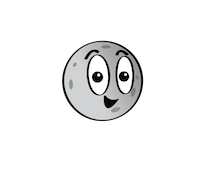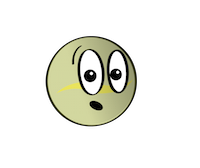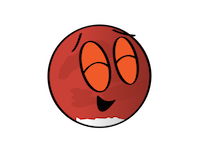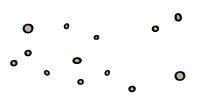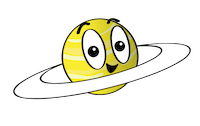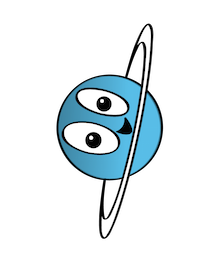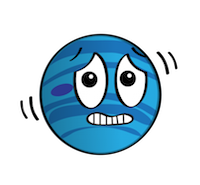
Jupiter is a stormy planet that is probably best known for its Great Red Spot. The spot is actually a giant, wild storm that has been raging for more than 300 years. Credit: NASA/JPL-Caltech
Jupiter is the biggest planet in our solar system. It's similar to a star, but it never got massive enough to start burning. It is covered in swirling cloud stripes. It has big storms like the Great Red Spot, which has been going for hundreds of years. Jupiter is a gas giant and doesn't have a solid surface. It is still unclear if deeper down, Jupiter has a central core of solid material or if it may be a thick, super-hot and dense soup. Jupiter also has rings, but they're too faint to see very well.
Explore Jupiter! Click and drag to rotate the planet. Scroll or pinch to zoom in and out. Credit: NASA Visualization Technology Applications and Development (VTAD)

Credit: NASA/JPL-Caltech
Structure and Surface
- Jupiter is the biggest planet in our solar system. It is actually more than twice as massive than the other planets of our solar system combined.
- Jupiter is a gas giant. It is made mostly of hydrogen and helium.
- Jupiter has a very thick atmosphere.
- Jupiter has rings, but they’re very hard to see.
- The giant planet's Great Red Spot is a centuries-old storm bigger than Earth.
Time on Jupiter
- One day on Jupiter goes by in just 10 hours.
- One year on Jupiter is the same as 11.8 Earth years.
Jupiter's Neighbors
- Jupiter has 95 officially recognized moons.
- Jupiter is the fifth planet from the Sun. That means Mars and Saturn are Jupiter’s neighboring planets.
Quick History
- Jupiter has been known since ancient times because it can easily be seen with just our eyes. No special equipment is needed.
- Jupiter has been visited or passed by several spacecraft, orbiters and probes, such as Pioneer 10 and 11, Voyager 1 and 2, Cassini, New Horizons, and Juno.
- Jupiter has auroras, just like Earth! Not only are the auroras huge in size, they are also hundreds of times more energetic than auroras on Earth. And, unlike those on Earth, they never cease.
What does Jupiter look like?

This striking view of Jupiter's Great Red Spot and turbulent southern hemisphere was captured by NASA's Juno spacecraft as it performed a close pass of the gas giant planet. Credit: Enhanced image by Kevin M. Gill (CC-BY) based on images provided courtesy of NASA/JPL-Caltech/SwRI/MSSS

Astronomers are using NASA's Hubble Space Telescope to study auroras — stunning light shows in a planet's atmosphere — on the poles of the largest planet in the solar system, Jupiter. Credits: NASA, ESA, and J. Nichols (University of Leicester)

This new Hubble Space Telescope view of Jupiter, taken on June 27, 2019, reveals the giant planet's trademark Great Red Spot, and a more intense color palette in the clouds swirling in Jupiter's turbulent atmosphere than seen in previous years. The colors, and their changes, provide important clues to ongoing processes in Jupiter's atmosphere. Credit: NASA, ESA, A. Simon (Goddard Space Flight Center), and M.H. Wong (University of California, Berkeley)




